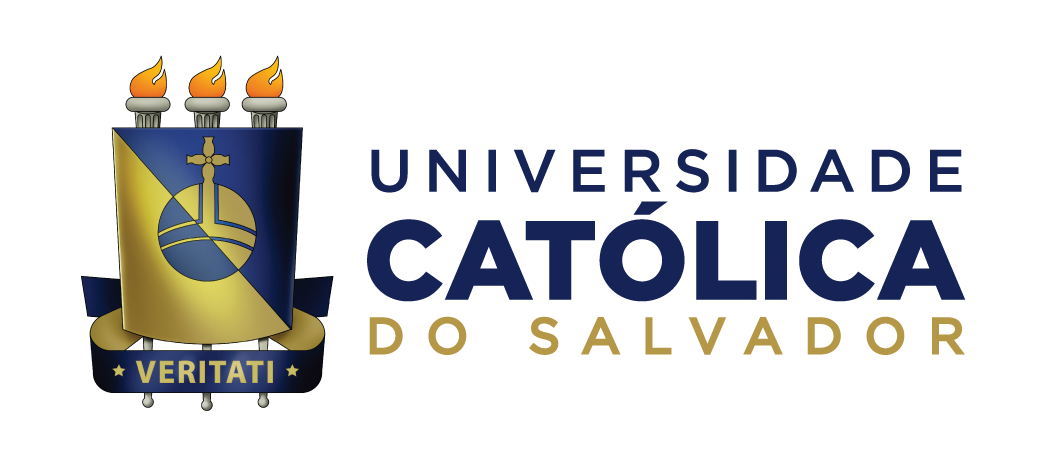Use este identificador para citar ou linkar para este item:
http://104.156.251.59:8080/jspui/handle/prefix/2716Registro completo de metadados
| Campo DC | Valor | Idioma |
|---|---|---|
| dc.creator | Almeida, Clara Santos de | - |
| dc.date.accessioned | 2020-12-28T19:10:52Z | - |
| dc.date.available | 2020-12-28 | - |
| dc.date.available | 2020-12-28T19:10:52Z | - |
| dc.date.issued | 2020-12-16 | - |
| dc.identifier.uri | http://104.156.251.59:8080/jspui/handle/prefix/2716 | - |
| dc.description.abstract | The doubt between the application of possible fraud or conscious guilt in crimes caused by drunk driving is recurrent and disrupts the legal system. Therefore, the present study aims to analyze whether in cases of homicide and bodily injury caused by those who drive while under the influence of alcohol, possible intent or conscious guilt is applied. The research opts for the comparative method, which allows comparing the aforementioned institutes, based on the cases of homicide and bodily injury due to drunk driving. As a procedure, this work will be carried out by means of bibliographic review, case study, specifically of the legislation regarding the modalities on screen. Thus, the study fulfills that to define whether in the specified hypotheses there was indirect intent or predicted fault, it is necessary to analyze the specific case, verify evidence, elements and circumstances. | pt_BR |
| dc.language | por | pt_BR |
| dc.publisher | Universidade Católica do Salvador | pt_BR |
| dc.rights | Acesso Aberto | pt_BR |
| dc.subject | Dolo eventual | pt_BR |
| dc.subject | Culpa consciente | pt_BR |
| dc.subject | Embriaguez | pt_BR |
| dc.subject | Possible deception | pt_BR |
| dc.subject | Conscious guilt | pt_BR |
| dc.subject | Drunkenness | pt_BR |
| dc.title | Homicídio e lesão corporal por embriaguez ao volante: dolo eventual ou culpa consciente? | pt_BR |
| dc.type | Trabalho de Conclusão de Curso | pt_BR |
| dc.creator.Lattes | http://lattes.cnpq.br | pt_BR |
| dc.contributor.advisor1 | Rangel, Caio Mateus Caires | - |
| dc.contributor.advisor1Lattes | http://lattes.cnpq.br | pt_BR |
| dc.contributor.referee1 | Figueiredo, Cristiano Lázaro Fiúza | - |
| dc.contributor.referee1Lattes | http://lattes.cnpq.br | pt_BR |
| dc.description.resumo | A dúvida entre a aplicação do dolo eventual ou da culpa consciente nos crimes de trânsito causados por embriaguez ao volante é recorrente e tumultua o ordenamento jurídico. Por isso, o presente trabalho tem o objetivo de analisar se nos casos de homicídio e lesão corporal ocasionados por aqueles que dirigem sob efeito de álcool, aplica-se o dolo eventual ou a culpa consciente. A pesquisa faz a opção pelo método comparativo, que permite comparar os institutos mencionados, tomando como base os casos de homicídio e lesão corporal por embriaguez ao volante. Enquanto procedimento, este trabalho realizar-se-á por meio de revisão bibliográfica, estudo de caso, especificamente da legislação atinente às modalidades em tela. Desse modo, o estudo permitiu concluir que para definir se nas situações especificadas houve dolo indireto ou culpa com previsão é necessário analisar o caso concreto, verificando provas, elementos e circunstâncias. | pt_BR |
| dc.publisher.country | Brasil | pt_BR |
| dc.publisher.department | Pró-Reitoria de Graduação (PROGRAD) | pt_BR |
| dc.publisher.initials | UCSAL | pt_BR |
| dc.subject.cnpq | Ciências Sociais Aplicadas | pt_BR |
| dc.subject.cnpq | Direito | pt_BR |
| Aparece nas coleções: | Ciências Sociais Aplicadas > Direito | |
Arquivos associados a este item:
| Arquivo | Descrição | Tamanho | Formato | |
|---|---|---|---|---|
| TCCCLARAALMEIDA.pdf | 2.34 MB | Adobe PDF | Visualizar/Abrir |
Os itens no repositório estão protegidos por copyright, com todos os direitos reservados, salvo quando é indicado o contrário.

